Bursitis
Bursitis
What is Bursitis?
Bursitis happens when bursae (the small fluid-filled sacks between the tendon and bones) become swollen and inflamed either from a bacterial infection, an injury or through repetitive movements that irritate the bursae.
Bursitis can occur many parts of the body and may be known by other names such as “housemaid’s knee,” “Clergy man’s knee,” “soldier’s heel,” “student’s elbow,” “weaver’s bottom,” or “tennis elbow.”
Causes | Symptoms | Treatment | Prevention
Where Can You Get Bursitis?
There are more than 150 bursae in the human body.
However, bursitis typically happens in areas where there is movement, such as any of the following:

Shoulders (Subacromial Bursitis)
Located within the rotator cuff subacromial bursae develop bursitis as a result of prolonged overhead activities, heavy lifting, playing sports, or an injury.
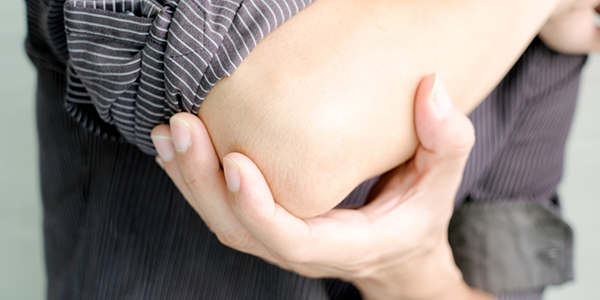
Elbows (Olecranon Bursitis)
Elbow bursitis can happen as a result of a hard blow to the elbow, leaning on the elbow for long periods of time, or from an infection.
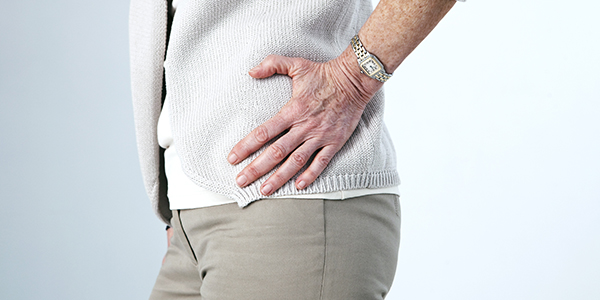
Hips (Iliopsoas Bursitis)
The iliopsoas bursa is the largest in the body and can develop bursitis as a result of overuse, injury to the hip, inflammatory diseases and more.

Buttocks (Ischial Bursitis)
Also called “weaver’s bottom” ischial bursitis can happen as a result of sitting on a hard surface for long periods of time, falling on your bottom, or infection.
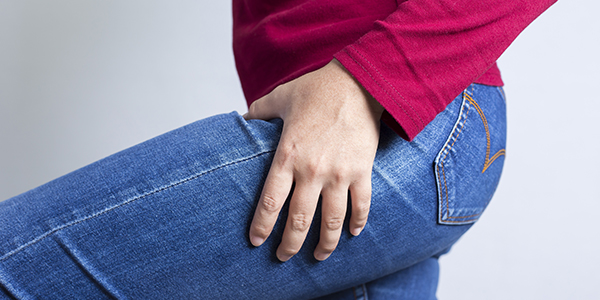
Thighs (Trochanteric Bursitis)
Location on the outside of the hip, the trochanteric bursa can develop bursitis as a result of overuse, poor posture, or a hip injury.

Knees (Suprapatellar, Prepatellar, Infrapatellar, Pes Anserine Bursitis)
There are four bursae location in the knee, all of which can develop bursitis as a result of kneeling for long periods of time, hitting the knee, infections, or arthritis.
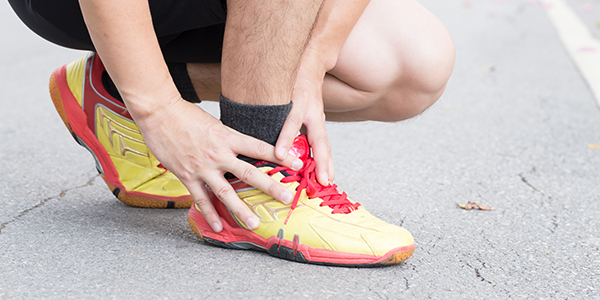
Heel (Achilles & Retrocalcaneal Bursitis)
A common cause of heel pain, Achilles & retrocalcaneal bursitis can develop from repetitive use, an injury, or as a result of rheumatoid arthritis.
What is a Bursa?
A bursa is a small sac filled with a lubricating liquid called synovial fluid that acts as a cushion between the muscles, tendons, and bones and helps lubricate the joints to move freely.
Bursitis happens when the bursae (plural form of bursa) become inflamed; the word bursitis literally means disease or inflammation of the bursa.
What Causes Bursitis?
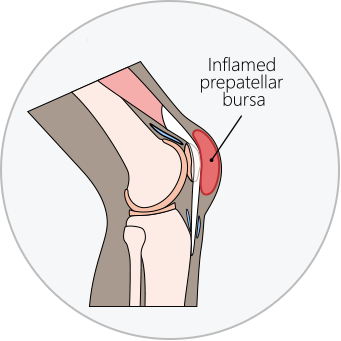
Bursitis can be caused by:
- Injury or trauma to the joint
- Auto-immune disorders
- Infections
- Scoliosis
- Inflammatory conditions like rheumatoid arthritis, scleroderma, lupus, and gout
However, the most common cause of bursitis is repetitive movement and pressure on the joint.
Common causes of bursitis include:
- Overuse: Doing a repetitive motion for hours at a time
- Repetitive strain: Lifting and moving heavy items
- Trauma: Bumping or hitting against an object
- Leaning: Putting consistent pressure by leaning on a desk
- Bacterial infection: Caused by an infected wound and called septic bursitis
- Inflammatory diseases: Conditions like gout and rheumatoid arthritis
What are the Signs and Symptoms of Bursitis?
Bursitis causes inflammation, tenderness and pain in areas around the joint, including the tendons, ligaments, bursae and muscles.
Depending on the cause of your bursitis and the joint affected, signs and symptoms of bursitis may include:
- A noticeable lump over the affected bursa
- Tender, achy, painful, or stiff joint
- Joint hurts when you press on it
- Pain that gets worse when you move the joint
- Swollen and red joint
- Inability to move a joint
- Sharp or shooting pain when you move the joint
Concerned about any of these symptoms? Book an assessment with a physiotherapist today.
How is Bursitis Treated?
Bursitis can be treated at home and in a clinical setting.
To ease the pain and inflammation of bursitis you can:
- Rest
- Apply ice
- Avoid activities
If your bursitis symptoms do not improve with these at-home remedies, you may want to consult with a pt Health physiotherapist for a custom treatment plan to address your unique concerns.
Physiotherapy for Bursitis
A pt Health physiotherapist will assess your bursitis and identify any underlying causes.
Depending on the cause of your bursitis and the joint affected, physiotherapy for bursitis can include:
- Functional retraining and activity modifications
- Strengthening and range of motion exercises
- Manual therapy (joint and soft tissue mobilizations)
- Personalized exercise plan
- An assistive device, orthotics, or splinting
- Pain relieving modalities such as
- Therapeutic ultrasound
- Heat and ice therapy
Book an assessment with a physiotherapist today.
Can Bursitis Go Away On Its Own?
Yes, bursitis may go away on its own with at home treatments, including:
- Resting the affected joint
- Applying cold therapy
- Taking pain-relieving medication
However, if your bursitis is a result of repetitive use, it is likely to reoccur without activity modification.
Can You Prevent Bursitis?
If you have an increased bursitis risk (your job involves repetitive movements, or you have an auto-immune disorder) speak to your physiotherapist about your specific therapeutic needs.
However, you can take steps to avoid bursitis, including:
- Easing into new exercise routines
- Warming up before exercise
- Practice good posture
Book With a Physiotherapist Today
Concerned about bursitis? Book an assessment with a physiotherapist today.
